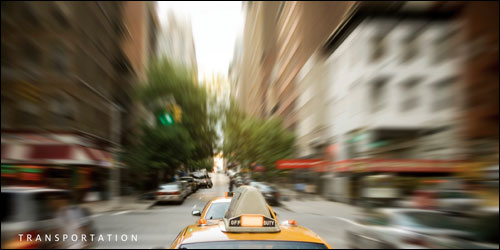Oct 01, 2011On the morning of Aug. 24, operators in New York City's Traffic Management Center were alerted that traffic had slowed to a crawl on Lexington Avenue. They checked a video monitor and discovered that a giant inflatable rat, part of a union protest, had been placed in the middle of a busy traffic lane. An operator notified the police, the rat was removed and the traffic picked up.
That was one small success in a new $1.6 million program that uses RFID technology to improve vehicle flow in midtown Manhattan. About a year ago, the city received some money from the federal government and purchased active RFID readers from TransCore. The readers can pick up signals from EZ Pass transponders, used by millions of motorists in New York to pay tolls electronically.
The system currently covers Third Avenue to Sixth Avenue and 42nd Street to 57th Street. EZ Pass tags are read at specific intersections, and software developed by the Traffic Management Center interprets vehicle speed. The system also uses microwave sensors on some streets to confirm the RFID data.
If the traffic speed on a given street is within an acceptable range, that street appears green on an electronic map. If the speed is below the acceptable range, the street appears in red on the map. When operators see red streets, they check video monitors to determine the problem. In some cases, they adjust the timing of streetlights to eliminate congestion.
"We're still evaluating the [RFID] system," says John Tipaldo, director of systems engineering at DoT. "It's an ongoing process. We plan to continue the program. The information is very useful, and we're already looking to expand it."
Tipaldo says the RFID data allows one operator to cover a larger area than he or she could cover by monitoring video cameras. There are no privacy issues, he notes, because the EZ Pass serial numbers are scrambled. "We don't know whose car is on the street, and we don't care whose car it is," he says. "We just want to know the time it takes to travel a certain number of blocks. A lot of people in New York use EZ Pass, so it gives us a significant sample size to calculate average speeds."
Thanks to RFID, those average speeds might go up a little during rush hour.

